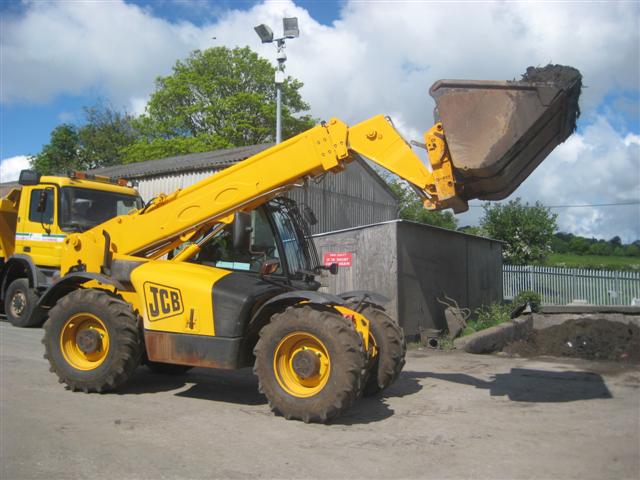If you are the manager of a construction project it is important to follow strict and strong guidelines relating to the health and safety of all personnel working on site. Telehandlers offer flexibility of use but they can also be dangerous if they are not used in the correct manner. For any vehicles and heavy machinery that need to be operated on site it is important to establish hazard-free traffic routes and to carefully separate areas that are for vehicular use and those that are for pedestrian use. By putting in place this process you can begin to formulate a more specific plan of safety for individual equipment and vehicles, such as telehandlers.
Injuries and fatalities relating to telehandler accidents occur when the vehicle is either moving – usually whilst reversing an accident will consist of the telehandler striking a passing pedestrian. The other way an accident takes place involving a telehander is when it is performing the lifting mechanism, overturning and trapping the operator or a nearby passer-by underneath the body of the vehicle.
With strong control measures and risk assessment in place these types of hazards can be prevented from occurring.
How to Control Telehandler Risk
The first thing to consider is that there are different telehandler models you can hire for different purposes. Precautions, such as the load capability, will vary from vehicle to vehicle and there are a number of different precautions you can put in play to reduce the risk of overturning.
Visibility – Always choose the telehandler that has the best view around the position of the operator. Great visibility will drastically reduce the risk of accidents from taking place.
Rear Visibility – In particular the rear visibility could provide significant hazards if low. Your vehicle should be equipped with the correct aids to improve rear visibility, helping to reduce the risk of striking pedestrians as you reverse.
Forward Visibility – If you are working with a raised boom there will be significant blind spots to the right-hand side and the front of the telehandler. Putting in place aids to assist with this will help to reduce risk of an accident taking place.
Ground Conditions – Although certain telehandler models can be used on uncertain terrain, always prepare the ground as best you can, with strict operational limits for each specific model of telehandler to be observed.
Loading – Each telehandler model will have a specific and strict loading table, which provides the operator with the exact load capabilities of that particular vehicle.
Site Speed Limits – Working within a framework of a safe speed limit on site will help to reduce the chance of a collision, and also lessen the chances of a serious injury should there be an accident.
Training and Maintenance
Alongside the precautions listed above it is vitally important that a construction site manager provides a high standard of training to all employees on site. This includes not only the operators of telehandlers and other machinery, but also to pedestrians on site and how to effectively navigate the segments to avoid collisions with vehicles and machinery.
Each telehandler should be properly maintained to ensure they are in tip-top condition. Working alongside a plant hire company providing telehandlers should ensure that you are provided a well-oiled machine.
Content written by Stephanie Wilson



